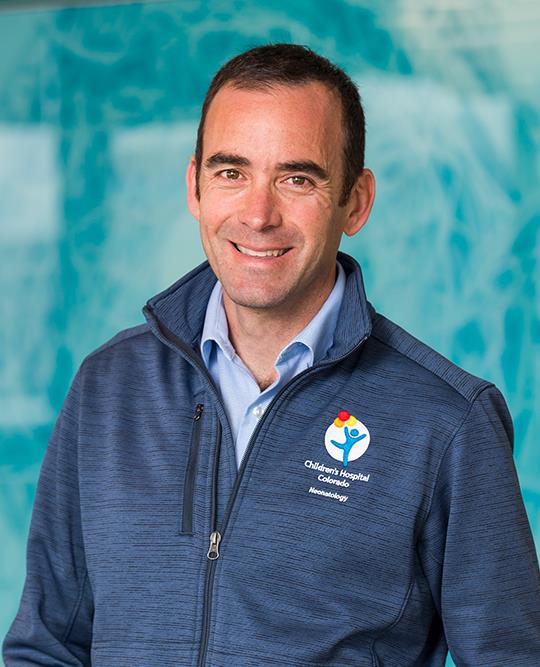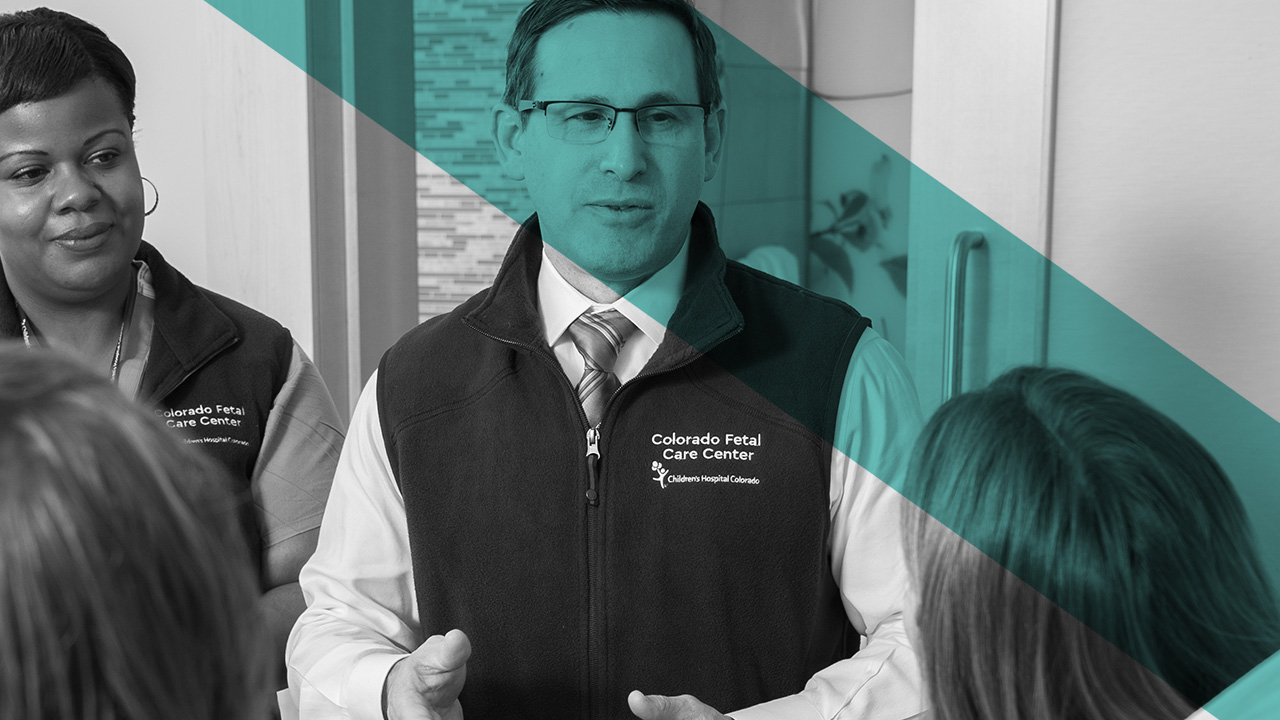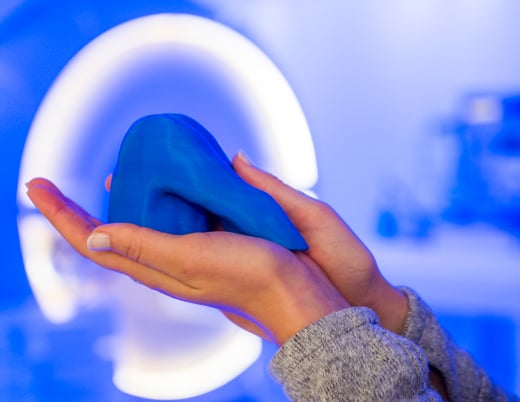Can aggressive intervention and a change in mindset optimize outcomes for babies born with congenital diaphragmatic hernia (CDH)?
Congenital diaphragmatic hernia (CDH) is a life-threatening birth defect affecting about one in 2,500 infants each year. Due to a highly specialized, multidisciplinary team of experts utilizing advanced antenatal imaging, extracorporeal membrane oxygenation (ECMO) in the delivery room with early therapeutic repair on ECMO, cardiac and respiratory support, the Colorado Fetal Care Center has some of the highest CDH survival rates in the country for some of the most severe cases.
Diagnosed via routine prenatal ultrasound in the second trimester of pregnancy, CDH is a defect in the diaphragm allowing abdominal organs (e.g., intestines, stomach, liver) to herniate into the chest, compressing the intra-thoracic structures and preventing the heart and lungs from developing normally. While survival rates have improved nationally for the last two decades, the team at Children’s Hospital Colorado is pushing survival rates of 85% and beyond.
Importance of surgical timing
Diaphragmatic hernias are typically treated soon after birth via surgical repair, but about 40% of babies born with CDH require ECMO support as a rescue therapy to maintain cardiac and pulmonary function while the heart and lungs grow stronger. While surgical repair after ECMO is preferred to reduce blood product usage with lower transfusion requirements, high-risk patients may require repair while on ECMO to prevent cases of non-repair and provide more time for lung growth.
Achieving optimal CDH survival rates
When compared to repair after (off) ECMO, repair on ECMO is associated with an increased risk of bleeding and the need for blood product transfusions. However, researchers from Children’s Colorado found that early repair (within 48 hours of cannulation) on ECMO is associated with less bleeding and decreased blood product requirements than late repair (beyond 48 hours of ECMO) — leading to better outcomes and higher survival rates.
For children with the most severe disease, finding optimal strategies for managing CDH has remained a challenge — until recently. In another study from Children’s Colorado evaluating survival at high-volume CDH centers in the U.S. using aggressive interventions and protocolized algorithms, the group at Children’s Colorado found that utilizing ECMO as a therapeutic intervention rather than a rescue intervention, along with early repair within 48 hours on ECMO, has the potential to improve survival rates (2). When comparing early and late repair on ECMO, they found that early repair was associated with a lower mortality rate by nearly half, 44.2% with early repair versus 80.5% with late repair.
“At Children’s Colorado, we use a protocolized algorithm that includes delivering infants via cesarean section with ECMO on standby,” Dr. Zaretsy says. “This has proven effective for better outcomes.”
Rebuttal to fetoscopic endoluminal tracheal occlusion
The primary benchmark for fetal intervention for CDH is the European TOTAL (Tracheal Occlusion to Accelerate Lung Growth) trial, which analyzed the effectiveness of fetoscopic endoluminal tracheal occlusion (FETO) for improving survival at discharge and decreased need for oxygen at 6 months of age. FETO is a procedure where a balloon is used to block the fetus’s trachea to prevent fluid from escaping and increase pressure — which helps stimulate lung growth. With this approach CDH survival improved from 15% to 45% in the FETO group. When the researchers in Colorado reviewed past records from 2013 to 2021 of fetuses with severe CDH treated at the Colorado Fetal Care Center, they found a much higher survival rate (69%) compared to similar cohorts in the U.S. (reporting just over 50% survival) and in contrast to European data — which has raised some concerns about the use of FETO.
Although FETO is minimally invasive and has been shown to improve outcomes, the procedure may cause maternal and fetal complications, such as preterm, premature rupture of membranes and preterm birth. The risk of rupture was 4.5 times as high in those treated with FETO in the TOTAL study and the risk of preterm birth was 2.6 times as high. Even as ECMO has become the standard therapy for infants with CDH, the researchers caution against the widespread use of FETO in ECMO centers until more comparative studies can be done.
“We don’t necessarily want to ‘sound the alarm’ on FETO,” Dr. Gien says, “we just want to flag it as something to further study and understand the nuances. To reiterate, FETO is appropriate for certain patients, but we prefer to lean on aggressive early repair on ECMO to optimize outcomes.”
Featured Researchers

Michael Zaretsky, MD
Director of Research
Colorado Fetal Care Center
Children's Hospital Colorado
Professor
OB-GYN-Maternal Fetal Medicine
University of Colorado School of Medicine

Jason Gien, MD
Neonatologist
Neonatal Intensive Care Unit
Children's Hospital Colorado
Professor
Pediatrics-Neonatology
University of Colorado School of Medicine





 720-777-0123
720-777-0123










